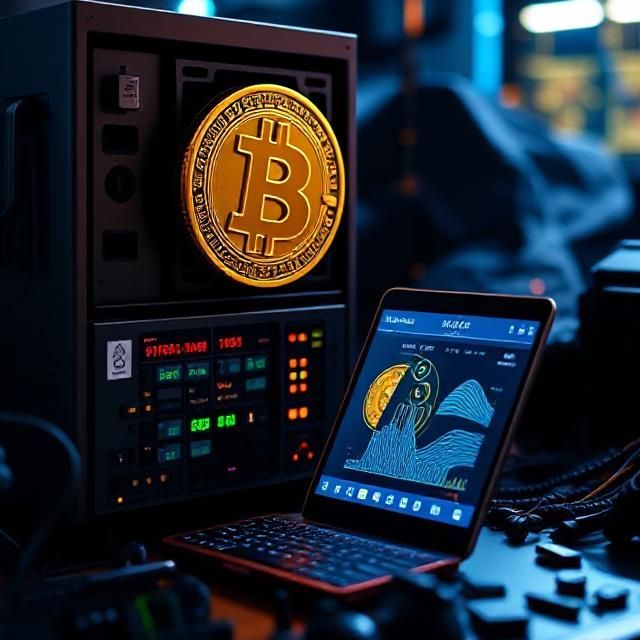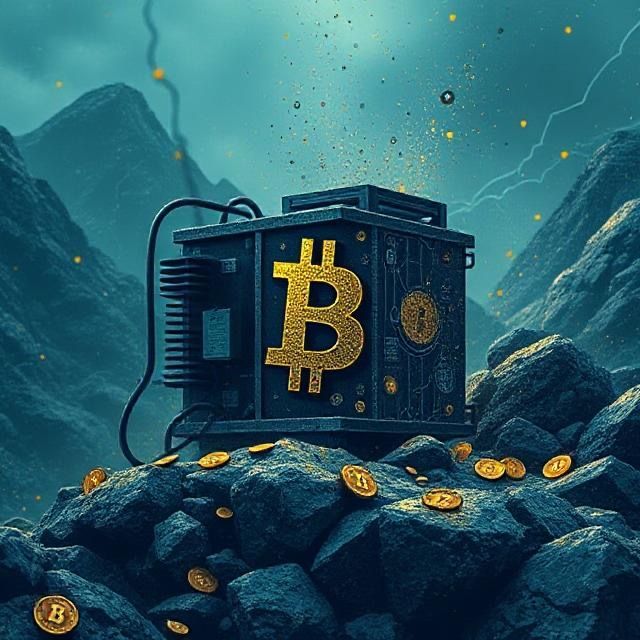An Introduction to the Dapp Ecosystem
Imagine a day when your car, which sits idle 10 hours a day, puts itself up for rent. Imagine your computer, with idle GPU, utilizing it to render applications for others. Imagine your solar grid, which produced extra energy this month, automatically selling it to the highest bidder. All of this sounds too lucrative and Utopian, right? Well, yes. But that doesn’t mean it can’t be a reality. The era has already started when your applications will talk among themselves and make decisions on your behalf. Applications that will pay for their repairs and claim their insurance.
There is an upcoming shift in our everyday interactions with software and hardware. They are getting more and more autonomous. How do we make sure they act in the best interest of their users and not themselves? How do we distribute our trust towards them?
Well, thanks to Blockchain , we don’t have to worry about it now. With the distributed nature of blockchain, trust is transferred and distributed among everyone on the same network. I trust you to secure the network because you trust me to do the same.
Instead of having a network, a central server and a database, the blockchain is a network and a database all in one. With bitcoin decentralization of trust was possible for the first time. We stopped depending on a central authority to ensure things happen the way they should. With advancements on the same concept, an application can be programmed to work on our behalf.
Decentralized Applications or Dapps are the paradigm shift that will shape our world.
The Decentralization of Operations
Dapps, are basically pieces of software that run on a base layer distributed protocol. They aren’t much deviant form general applications that run on the Internet today, differing only in their ability to act autonomously. Dapps can do anything that traditional Apps can, and additionally, can automate that process to suit the needs of the user. With advancements in Blockchain technology, it is becoming more and more feasible to innovate applications in working on our behalf.
A Dapp looks the same as any other web-based application; performing the same functions, following the same pre-defined logic. What’s new is the linkage of a public-private key infrastructure, that allows the application to hold a wallet. One can embed smart contracts into the application, give it a set of conditions and allow it to autonomously function on its own. Now, the application can pay, receive payment, execute contracts and fulfil obligations.
It is quite unclear what the actual definition of a Dapp is, but most people can agree on the broad fact that a Dapp is anything that follows a pre-defined logic, is open-source in nature, has incentives attached to it and runs on a base protocol. With this broad definition, one can argue that Bitcoin itself is a Dapp, as it checks all the above-mentioned parameters. Later on, Ethereum built on this concept by specializing what a Dapp can do. By introducing Smart Contracts to execute Turing complete operations, and protocols like ERC-20, ERC- 1450 to enable specialized operations, Ethereum has slowly emerged as the front-runner for Dapp development.
For a good Dapp to run and execute, it needs an equally good platform capable of running it. According to State of the Dapps , a Dapp stats website, there are about 3,500 Dapps active right now spread out over several platforms. Ethereum leads the way with a bulk of the Dapps running on it. This is thanks to the scalability and efficiency of the Ethereum network.
As seen in the image, Dapps are on the rise. With more and more developers experimenting with the technology, it is only a matter of time before the Laggards start coming in.
Where to Build your Dapp
Right now EOS remains the most active platform for Dapps in terms of daily users, but Ethereum leads the way with the number of active projects on-chain. Thanks to its flexibility, Ethereum is lucrative for developers who like to experiment how far they can go. But, in terms of average Dapp usage, Steem is by far ahead of its competitors. Steem is a blockchain-based reputation network that leverages the stake and connection of the users to help them use the network efficiently. While EOS and TRON currently capture a significant bulk of gambling and gaming apps, most functional dapps in other categories are on Ethereum.
Ethereum
By providing a blockchain with a native Turing-complete programming language, Ethereum brought the promise of taking blockchain-powered decentralized applications to the next level. Despite several competitors, Ethereum remains a relevant platform for DApps. Ethereum’s in-house language Solidity is a Turing-complete language that allows greater flexibility to developers. Using Solidity, one can develop Smart Contracts which execute when certain conditions are met.
Some of the major Dapps on Ethereum are:
- Bancor Network – A wallet application to swap cryptocurrencies
- MakerDAO – A platform for Stable Coins, collateralized loans and governance
- Nest – A DeFi (Decentralized Finance) application for mortgaging
EOS
Similar in functionality to Ethereum, EOS uses a delegated-proof-of-stake (DPoS) consensus model to reach optimum performance over the proof-of-work based Ethereum. This comes with a trade-off by increased centralization. EOS claims itself to be a transaction fee-free blockchain. This is accomplished by EOS’ ownership model whereby users own and are entitled to use resources proportional to their stake, rather than having to pay for every transaction. So, in essence, if you hold N tokens of EOS then you are entitled to N*k transactions. This, in essence, eliminates transaction fees. Increased scalability due to dPos.
Right now the major applications built on EOS are gaming or gambling based, but the network has promised more functionality in the coming years.
Some of the major Dapps on EOS are:
Cardano
One of the most interesting projects out there, Cardano is similar to Ethereum. Cardano is a smart contract platform, it offers scalability and security through a layered architecture. Cardano’s approach is unique in the space as it prides itself on scientific philosophy and peer-reviewed academic research, under the leadership and vision of the founder and ex-founder of Ethesreum, Charles Hoskinson. Cardano’s philosophy dictates its operations to be mathematically proven at each step. Even though there aren’t many applications developed on the platform, Cardano is well on its verge to makes a name within the Dapp community.
TRON
Run by one of the most controversial figures in the crypto industry – Justin Sun, Tron is a smart contract based blockchain platform that promises to ease the transition from traditional to distributed applications and thus hasten the decentralization of existing platforms and creation of new dApps. On the official website, Tron promises to be a blockchain that is high in transaction throughput, scalable and extremely reliable. In theory, Tron could handle 80x more transactions per second than the Ethereum blockchain, making it highly attractive. But this is only because Tron is less decentralized than Ethereum and the others.
Several controversies have had the Tron network at their center. Rampant misinformation, unhealthy social media growth and not to mention the huge promises made by Justin Sun have lead a lot of community participants to believe Tron might not function as it said it would, but that doesn’t stop them from being one of the most used platform to-date. Even though most applications built on Tron are gambling applications, Tron’s transactions speed could in theory allow for better applications to be built. It remains to be seen what promises Tron delivers on.
Future of the Dapp Ecosystem
Despite DApps being hailed by some as a revolutionary technology, the current state of the DApp landscape indicates a low level of demand. Of course, there is the argument that the scalability limitations of currently existing blockchains are putting a cap on the popularity of DApps. The entire community remembers the nuisance CryptoKitties had caused. CryptoKitties is a collectable game built on the Ethereum Blockchain that had caused major network congestion. Questions were raised on Ethereum’s capabilities and promises, as a single application had made the network unstable.
But bottlenecks won’t stop the rampant growth of decentralized applications. Platforms such as Ethereum and Cardano and many other are instantly addressing issues concerning scalability, ease of use, flexibility of the protocol to ensure that dapps can function efficiently and without any drawbacks of the base protocol.
Decentralized applications come with the promise of finally burying many issues rampant with traditional applications. For example, misuse of power, lack of transparency, and poor security are all matters that could be solved by dApps. With the advent of dApps, users will get an increased sense of control over their data and usage. DApps will only function within the parameters set by its users. While the process of dApp development is still in its early phase, it holds great promise of enabling a more cost-efficient solution that can address the limitations plaguing traditional apps.
Resources:
The post An Introduction to the Dapp Ecosystem appeared first on Crypto Adventure.




